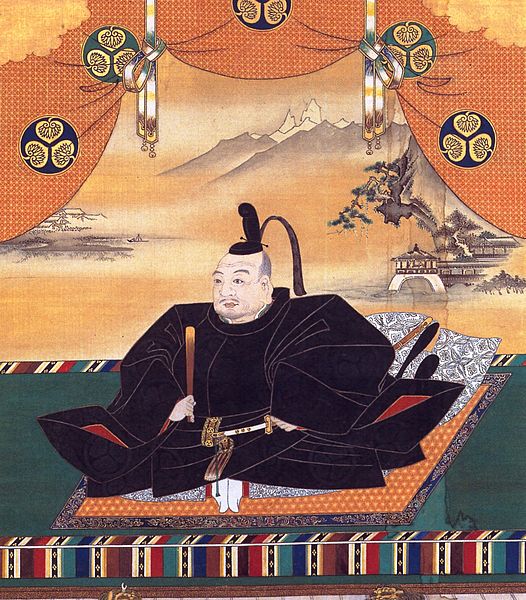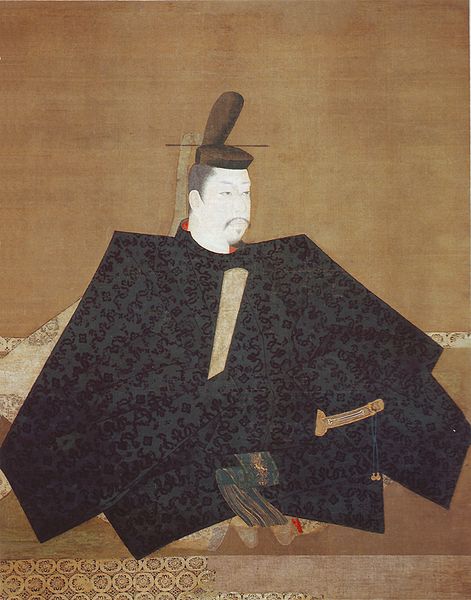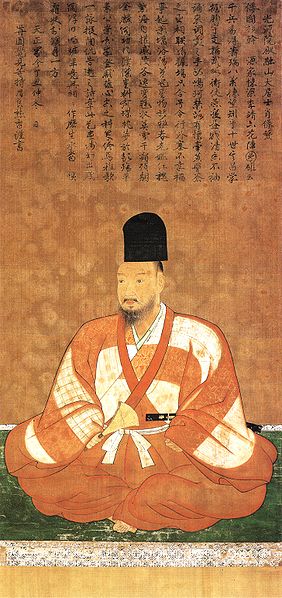
Mighty Shōguns of Japan
Shōguns were powerful military governors of Japan during the shogunate regime and ruled from 1192 to 1867. Shōgun means general; their rank and position were hereditary. Officially they were appointed by the emperor, but they were de facto rulers of the country. A shogun’s office was the “shogunate” or bafuku (tent office/government), also the term for the shōgun’s officials. The imperial court maintained minimal power compared to that of the shōgun and the bafuku.
Shōgun is the short term for Sei-i Taishōgun, a title given to the commander-in-chief who would lead an army against people resisting the rule of the Japanese imperial court. Sei-i Taishōgun meant “Commander-in-Chief of the Expeditionary Force Against the Barbarians.” This was during the Heian Period, and the very first Sei-i Taishōgun was Ōtomo no Otomaro.
 During the 11th century, the daimyo dominated the country’s internal politics with the protection of samurai forces. Two powerful clans, the Taira and the Minamoto, fought to control the declining imperial court; the Taira clan seized control from 1160 to 1185 only to be defeated by the Minamoto clan at the Battle of Dan-no-ura, a major sea battle that occurred on March 24, 1185.
During the 11th century, the daimyo dominated the country’s internal politics with the protection of samurai forces. Two powerful clans, the Taira and the Minamoto, fought to control the declining imperial court; the Taira clan seized control from 1160 to 1185 only to be defeated by the Minamoto clan at the Battle of Dan-no-ura, a major sea battle that occurred on March 24, 1185.
Alleged portrait of Minamoto no Yorimoto.
Minamoto no Yorimoto became the founder and the first shōgun of the Kamakura shogunate. He developed a political system with a succession of shōgun at the head coming to be known as shogunate. It lasted for almost 150 years.
 Several different shōguns made a mark in Japan’s history until Tokugawa Yoshinobu relinquished his office in 1867 to the Meiji Emperor. Here are a couple of notable shoguns:
Several different shōguns made a mark in Japan’s history until Tokugawa Yoshinobu relinquished his office in 1867 to the Meiji Emperor. Here are a couple of notable shoguns:
Portrait of Tokugawa Ieyasu.
Tokugawa Ieyasu (1543–1616)—founder and first shōgun of the Tokugawa shogunate that ruled from 1600 until the Meiji Restoration in 1868. He had great qualities that allowed him to rise to power and fight as a warrior general in 90 battles.
Ashikaga Yoshiteru  (1536–1565), also known as Yoshifuji, was the 13th shōgun of the Ashikaga shogunate and reigned from 1546 to 1565. He was skilled with the katana and is remembered as being more of a samurai and warlord.
(1536–1565), also known as Yoshifuji, was the 13th shōgun of the Ashikaga shogunate and reigned from 1546 to 1565. He was skilled with the katana and is remembered as being more of a samurai and warlord.
Today, a shōgun’s equivalent is a prime minister. The term “shōgun” is still used informally to describe a retired Japanese prime minister; one who still has power and influence behind the scenes is called a “shadow shōgun.”
Portrait of Ashikaga Yoshiteru.
